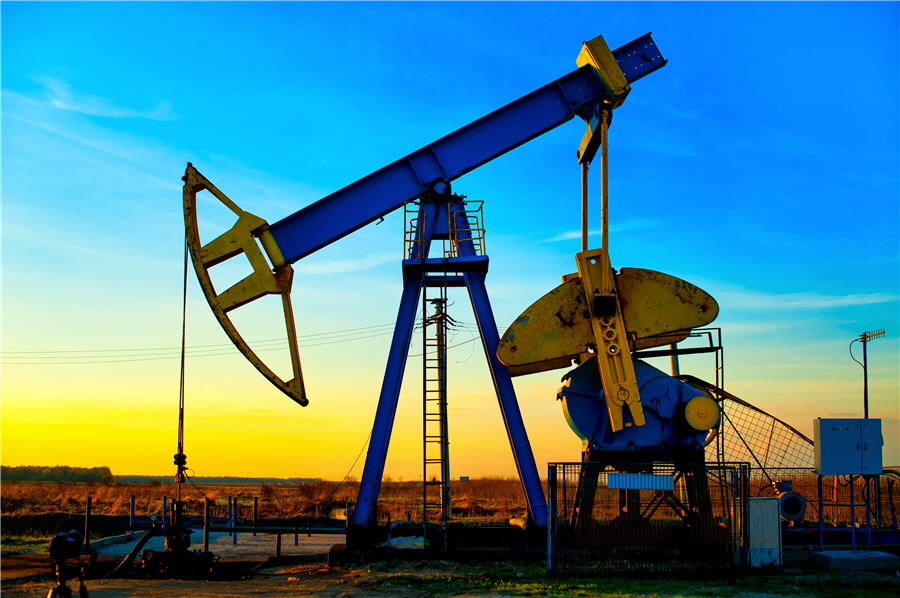
Oil prices are still down sharply from the highs of October 2018, but the industry may still increase spending this year. The cost of developing new projects might rise along with higher spending levels.
A survey of top industry executives by DNV GL suggests that capital spending on oil and gas could rise in 2019. Of the 791 senior professionals in the energy industry surveyed by DNV GL, 70 percent said they plan on either maintaining or increasing capex this year. That is up significantly from the 39 percent who said the same in 2017.
“Despite greater oil price volatility in recent months, our research shows that the sector appears confident in its ability to better cope with market instability and long-term lower oil and gas prices,” said Liv Hovem, the head of DNV’s oil and gas division, according to Reuters.
“For the most part, industry leaders now appear to be positive that growth can be achieved after several difficult years”
On the flip side, the cost of developing new projects could be on the rise as well. The oil market downturn that began in 2014 led to steep cost deflation, with falling costs for services, equipment and labor. But those cost reductions appear to have bottomed out.
A report from Muktadir Ur Rahman of Apex Consulting finds that the cost of development for the seven largest oil companies – BP, Shell, Eni, Chevron, ExxonMobil, Total and ConocoPhillips – are set to rise. Apex’s “Supermajors Cost Index” measures the costs of the oil majors, which is not only useful to understand costs for those specific companies, but also because it offers a proxy for industry-wide trends.
The industry appears to once again be at an inflection point. In the early 2000s, the oil majors threw mountains of cash at developing new oil and gas reserves with a seeming indifference to cost. Large-scale projects – ultra-deepwater, oil sands, major LNG export terminals – repeatedly suffered from cost overruns and delays. Spending escalated dramatically, but so too did oil prices. That masked the runaway spending problem for a period of time. The blowout in spending put incredible pressure on supply chains, which reinforced cost inflation. Apex Consulting’s Supermajors Cost Index nearly doubled between 2011 and 2014.
The crash in oil prices in 2014 led to dramatic overhaul across the industry, putting an end to the era of mega-projects. Layoffs, asset sales and widespread project cancellation led to deflation. Companies also became more efficient, using more standardized equipment, better technologies while also taking a more cautious approach to investment decisions. Apex Consulting said its Supermajors Cost Index fell by 41 percent between 2014 and 2017.

However, the index in 2017 was still 16 percent higher than it was in 2011, a period when oil prices were much higher.
Some majors have fared better than others. Apex singles out Eni, the Italian oil giant, as the one that has had the most success in keeping costs under control, followed by Chevron and Total. But the other four companies – BP, Shell, ConocoPhillips and ExxonMobil – saw cost inflation between 2011 and 2017, despite the bust in oil prices that began in 2014.
Why was Eni successful? Apex says the Italian oil company began “high-grading” its portfolio, focusing only on its best assets. It also standardized equipment, deployed technologies that cut drilling and completion times, and improved project execution. The result was a 55 percent decline in the cost of producing a barrel of oil between 2011 and 2017.
At the other end of the spectrum is ExxonMobil. “ExxonMobil went from having one of the lowest development costs per BOE in 2011 to having the highest amongst the supermajors in 2017,” Muktadir Ur Rahman wrote in the Apex report. A big reason for this was Exxon’s decision to downgrade its oil reserves in 2016.

Looking forward, the uptick in spending on offshore is a sign that the oil majors feel confident they can begin greenlighting new projects even in a world of price volatility. “With the level of capital spending in 2018 expected to increase by 5% compared with 2017, it looks like the industry is gradually moving into a growth phase,” Muktadir Ur Rahman wrote. Ironically, this is occurring as U.S. shale is beginning to slowdown.
The resurgence in FIDs for new oil and gas projects around the world could lead to cost inflation all over again. Laid off workers have left the industry altogether. The slack in the services sector will disappear as projects pickup. Meanwhile, tariffs on steel and other components could add to project costs as well.
The Apex report says that in order to keep costs in check, “the industry needs a new business model, one that encourages greater collaboration and appropriate risk-sharing to prevent the recurrence of the runaway cost escalations of the past.”
(By Nick Cunningham of Oilprice.com)